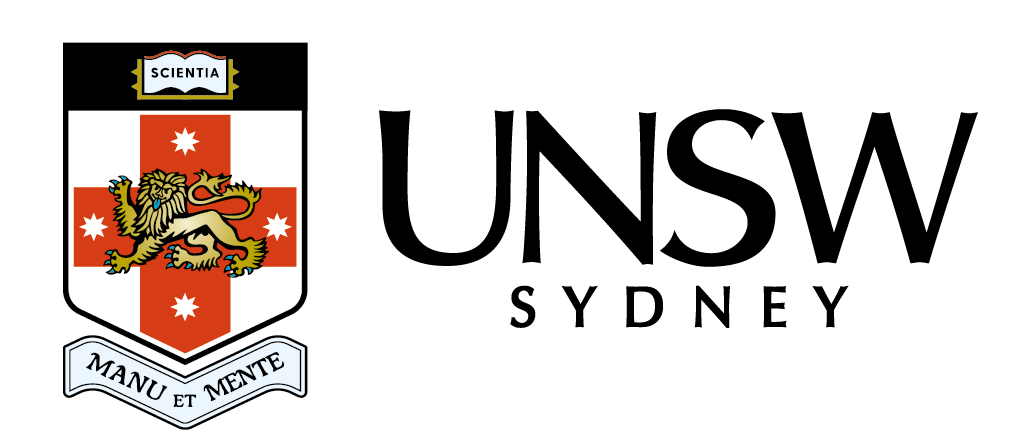
24th September 2021
Date

9.00am - 12:00pm (AEST)
Time

Online Event
Venue
Overview
Understanding the Covid Economy: New data sources and methods
The Covid-19 pandemic and associated public health restrictions have significantly changed aspects of the economy. These changes have challenged existing measures of economic activity.
This Workshop presents papers which use innovative data sources and methods to gain a better understanding of the impact of the pandemic on the cost of living, the diet of different socioeconomic groups, and productivity.
Program
9am Welcome: Kevin Fox, Director, CAER
9:05am “What Can Stockouts Tell Us About Inflation? Evidence from Online Micro Data”
Alberto Cavallo (Harvard Business School) and Oleksiy Kryvtsov (Bank of Canada)
9:55am Break
10:05am “The Dietary Impact of the COVID-19 Pandemic”
Martin O’Connell (University of Wisconsin-Maddison and UK Institute for Fiscal Studies),
Kate Smith (UK Institute for Fiscal Studies and University College London) and Rebekah Stroud (Crisis)
10:55am Break
11:05am “COVID-19 and Productivity-Enhancing Reallocation in Australia: Real-time evidence from Single Touch Payroll”
Dan Andrews (OECD), Elif Bahar (Australian Treasury) and Jonathan Hambur (Australian Treasury)
11:55am Closing remarks and end of Workshop
Papers
Paper 1: “What Can Stockouts Tell Us About Inflation? Evidence from Online Micro Data”
Alberto Cavallo (Harvard Business School) and Oleksiy Kryvtsov (Bank of Canada)
Abstract
We use a detailed micro dataset on product availability to construct a direct high-frequency measure of consumer product shortages during the 2020–2021 pandemic. We document a widespread multi-fold rise in shortages in nearly all sectors early in the pandemic. Over time, the composition of shortages evolved from many temporary stockouts to mostly discontinued products, concentrated in fewer sectors. We show that product shortages have significant but transitory inflationary effects, and that these effects can be associated with elevated cost of replenishing inventories.
Paper 2: “The Dietary Impact of the COVID-19 Pandemic”
Martin O’Connell (University of Wisconsin-Maddison and UK Institute for Fiscal Studies),
Kate Smith (UK Institute for Fiscal Studies and University College London) and Rebekah Stroud (Crisis)
Abstract
The COVID-19 pandemic has led to significant changes in where people work, eat and socialise. We use novel data on the food and non-alcoholic drink purchases from stores, takeaways, restaurants and other outlets to quantify the impact of the pandemic on the diets of a large, representative panel of British households. We find that a substantial and persistent increase in calories consumed at home more than offset reductions in calories eaten out. By May 2020 (towards the end of the UK’s first national lockdown), total calories were, on average, 15% above normal levels, and they remained higher than normal for the rest of 2020. All socioeconomic groups increased their calorie purchases, with the largest rises for the highest SES households and the smallest for retired ones. Our findings suggest that the COVID-19 pandemic and the associated changes in people’s lifestyles have exacerbated the challenges of improving population diet and reducing obesity levels.
Paper 3: “COVID-19 and Productivity-Enhancing Reallocation in Australia: Real-time evidence from Single Touch Payroll”
Dan Andrews (OECD), Elif Bahar (Australian Treasury) and Jonathan Hambur (Australian Treasury)
Abstract
The consequences of the pandemic for potential output will partly hinge on its impact on high productivity firms, and more generally the ongoing process of productivity-enhancing reallocation – the rate at which scarce resources are reallocated from less productive to more productive firms. While Schumpeter (1939) originally proposed that recessions can accelerate this process, the more ‘random’ nature of the COVID-19 shock coupled with a policy response that prioritised preservation (over reallocation) raises questions about whether job reallocation remained productivity-enhancing over the course of the pandemic. Despite these headwinds, our analysis based on novel high-frequency employment data for Australia shows that ob reallocation (and firm exit) remained solidly connected to firm productivity over 2020. The greater resilience of high productivity firms is significant, given that an indiscriminate shakeout of such firms – and he associated destruction of firm-specific intangible capital – would have imparted significant scarring effects. As it turns out, the temporary nature of Australia’s job retention scheme (JobKeeper) made an important (and surprising) positive contribution to this process, with material consequences for aggregate productivity. But the scheme appears to have become more distortive over time, justifying its timely withdraw – on productivity grounds at least.

